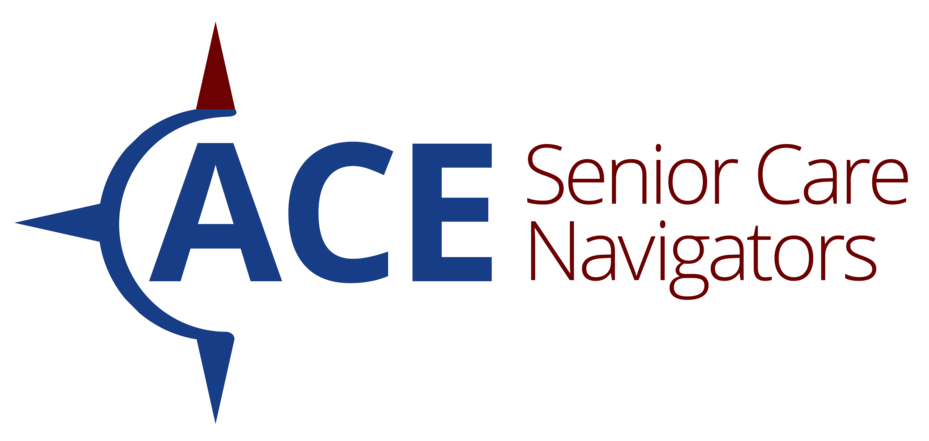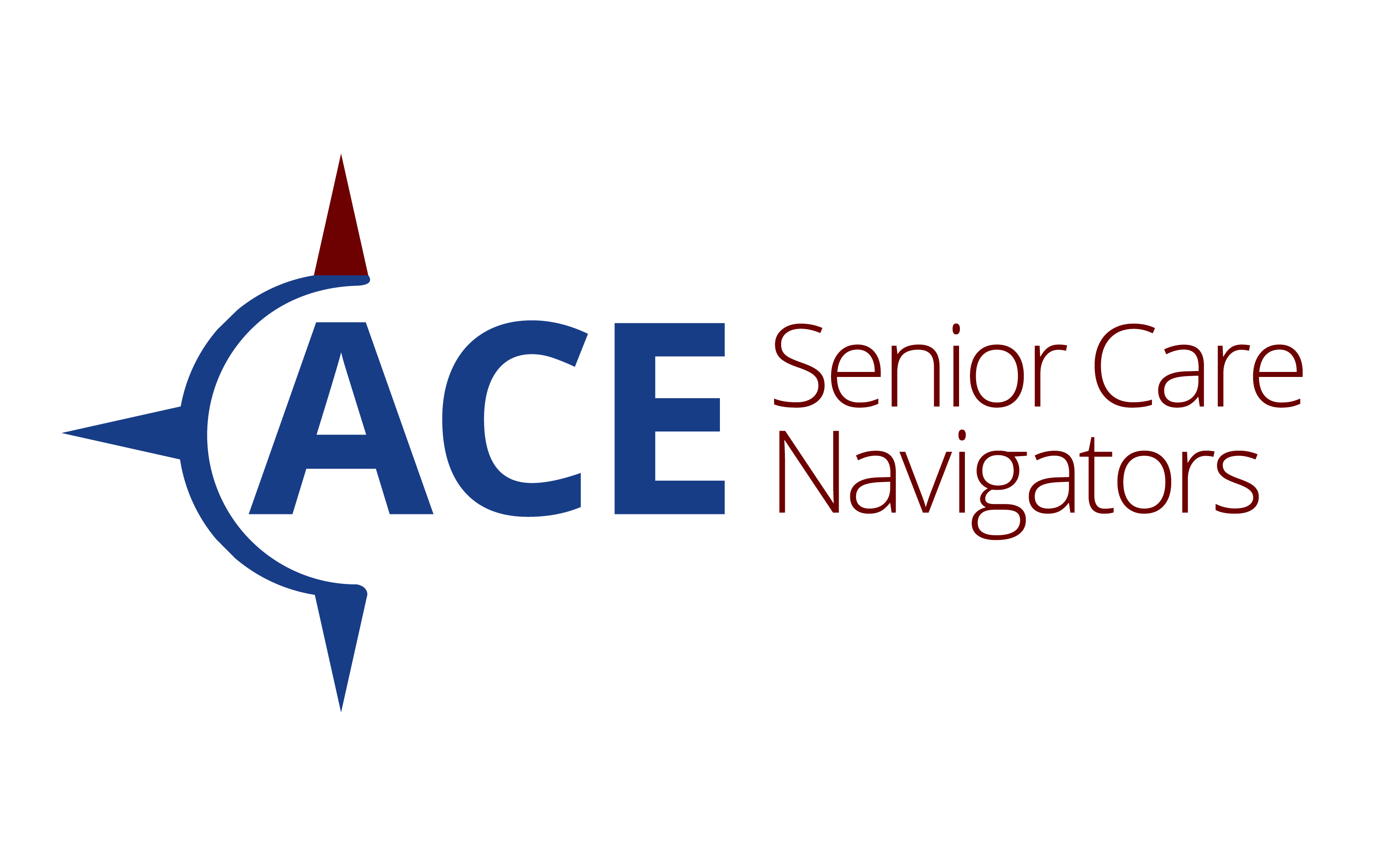Senior Living Communities: What Are They?

Thank you to everyone who joined our webinar a couple weeks ago on Senior Living Communities. It was great to hear everyone’s experiences, hopes, and concerns, and to have the chance to make this process a little less scary for Seniors and families. For information about other webinars and events, click here.
Onto our new blog topic: Senior Living Communities. While there are many considerations around if a community is right for you or your loved one, one of the biggest questions is “What is available?” Today’s post will focus on five different types of communities, in order from most independent to most supportive.
1. 55+ Community
These communities typically function as regular apartment complexes, but with an age requirement. They may have formal or informal social activities, and are often governed by a committee of residents. Most residents drive or independently use public transportation. And while they offer support for home maintenance, residents may still be responsible for some aspects of home upkeep.
2. Independent Living
Independent living is a great choice for older adults who desire a low-maintenance home, benefit from IADL support (things like housekeeping and meal preparation), and desire an active social life. For adults with specific care needs, such as needing assistance a few times a week with showering, those services are typically available as add-on supports. These communities offer robust social and leisure programming, and typically have a bus to transport residents to local errands and appointments.
3. Assisted Living
Assisted living is a great choice for adults who benefit from assistance with self-care and mobility, or who are experiencing the early stages of dementia. Some nursing support is available, such as with medication management, but an adult with extensive nursing needs would not be appropriate for assisted living. Assisted living communities offer social programming and typically have therapy (OT, PT, SLP) on-site.
4. Memory Care
Memory care is a subset of assisted living and is designed for adults with dementia or other similar cognitive conditions whose needs exceed those of what traditional assisted living can provide. Memory care communities offer locked units for resident safety, and residents have access to an enclosed outdoor area. There is typically a lower staff:resident ratio, and staff receive specialized training on working with Seniors with dementia.
5. Skilled Nursing Facilities
As their name implies, skilled nursing facilities, or SNFs, are for residents with skilled nursing needs. These needs may be short-term, such as for rehab after a stroke or hip replacement, or they may be ongoing, such as if a resident has an indwelling drain that they cannot manage independently. Adults who have wounds of stage 3 or greater, or who need two people to assist with transfers, are also appropriate for skilled nursing facilities. Unlike other senior living communities, SNFs are subject to both state and federal regulations. You can check out the CMS ratings of SNFs here.
Other Things to Know About Senior Living Communities
- Licensing for communities varies by state. The higher level of support a community offers, the more likely it is to have regulations. If you are curious about your state’s regulatory oversight of a certain type of community, you can search for “[state] [type of community] regulations.” As an example, you can see Illinois’ regulations for Assisted Living here.
- Some Senior Living Communities are part of a larger campus called a Life Plan Community or Continuing Care Retirement Community (CCRC). These communities offer many types of senior living support, with the idea that a Senior moves in at a lower level of care, and ages in place on the campus as their care needs progress. While these communities often have a hefty buy-in fee and typically only accept independent residents, they do offer priority access to higher levels of care and work with the same staffing teams and systems. This provides consistency and care coordination for Seniors that is unlikely to be found elsewhere. If you’re on the North Shore of Chicago, Vi at the Glen, Lake Forest Place, and Covenant Living are all examples of CCRCs.
- With the exception of SNFs, residence at the communities discussed above is all privately-funded. If your Senior is a Medicaid beneficiary, they will have different options depending on their state. This website offers valuable information about what senior housing support options are available by state for Medicaid beneficiaries.
We hope you found this information helpful. Stay tuned for our upcoming post on things to consider with a move to a Senior Living Community. And if you or your Senior are considering a move, we’d love to help.



